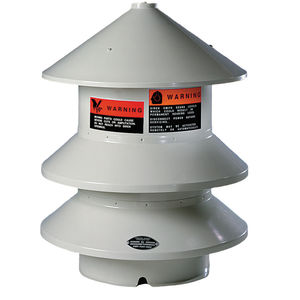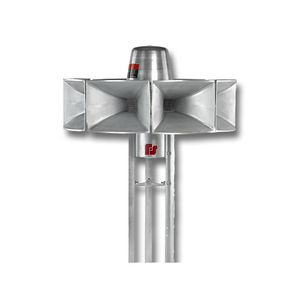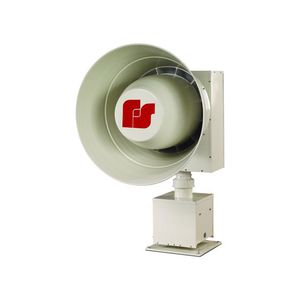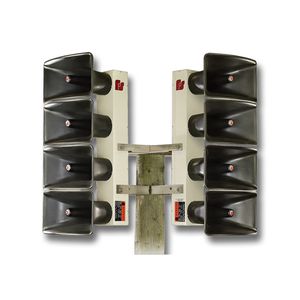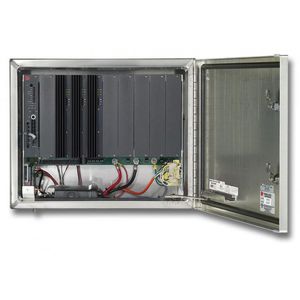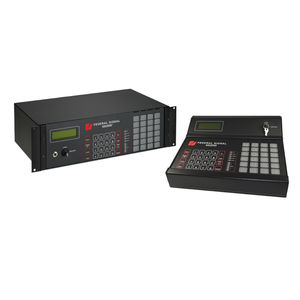
- Products
- Catalogs
- News & Trends
- Exhibitions
Process alarm controller DCFCTBD

Add to favorites
Compare this product
Characteristics
- Type
- process
Description
Features
Federal Signal DCFCTBD siren controllers are two-way digital, battery-operated/back-up and status monitoring systems for use with the Federal Signal 2001-130, Equinox, 508-128 and Eclipse8 sirens. The DCFCTBD siren controller typically interfaces with off-the-shelf two-way radio transceivers and communicates to a base controller. DCFCTBD siren controllers can be used with radios utilizing single-tone, two-tone sequential, DTMF, POCSAG, AFSK, EAS and digital formats such as P25 and Tetra. The DCFCTBD controllers can be equipped with optional communications such as landline, IP, fiber, satellite, and cellular. This makes DCFCTBD siren controllers compatible with virtually any existing siren control system or communication method. There are four local inputs and four local push buttons for activation, plus a reset option.
DCFCTBD models come equipped with four independent relay outputs that can be programmed to activate with local inputs, local pushbuttons or via the communications channels. Activation codes, relay timing, and optional warning sounds are programmed into the unit through a standard RS232 serial port or over-the-air from the central control point. The DCFCTBD siren controller offers six user programmable functions in addition to the five pre-set functions (arm, disarm, report, growl test and master reset). These controllers include sensors to supply information on the following areas of operation: AC power status, communications status, low battery status, intrusion, siren activation, current intrusion, siren rotation and local activation.
Catalogs
No catalogs are available for this product.
See all of FEDERAL SIGNAL‘s catalogs*Prices are pre-tax. They exclude delivery charges and customs duties and do not include additional charges for installation or activation options. Prices are indicative only and may vary by country, with changes to the cost of raw materials and exchange rates.


